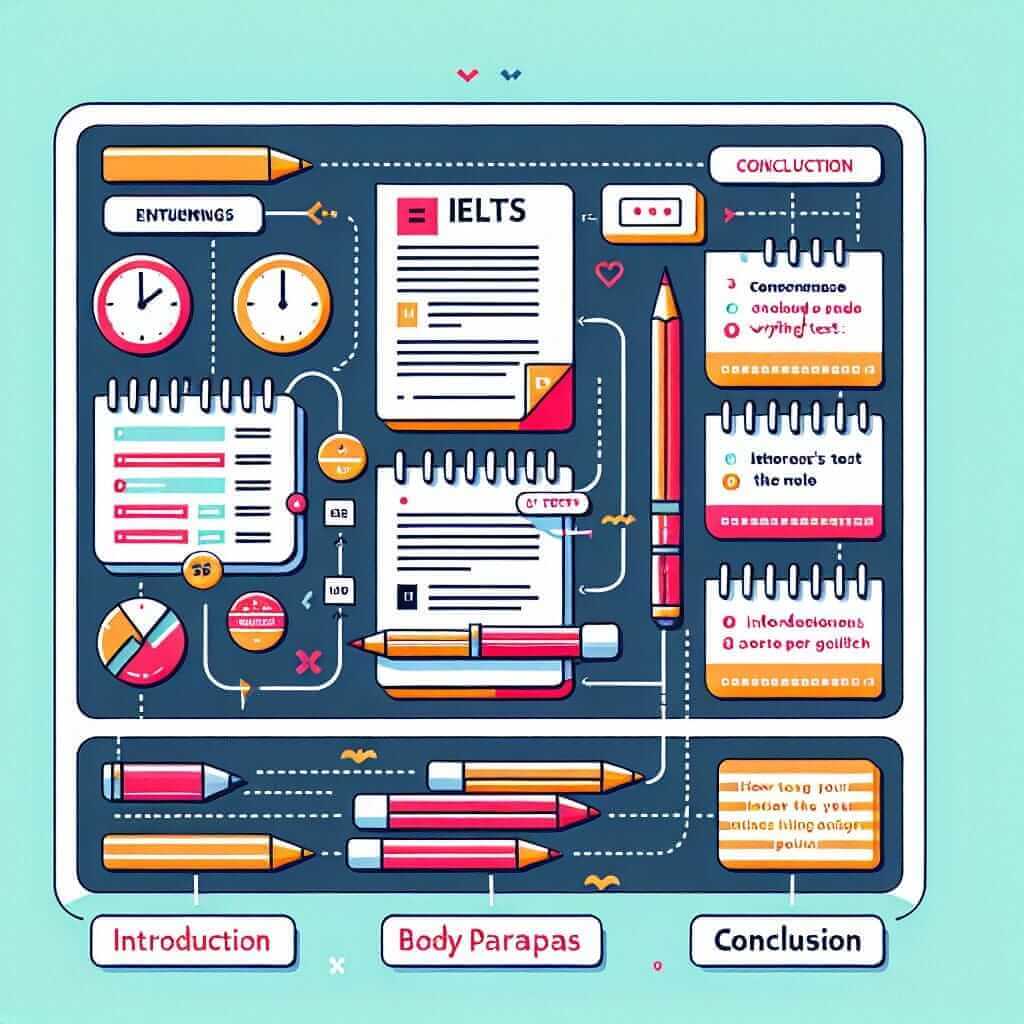Acing the IELTS Writing test requires a strong command of English grammar and vocabulary, as well as the ability to structure your essays effectively. One crucial aspect of a well-written essay is a compelling introduction. A strong opening paragraph not only grabs the reader’s attention but also sets the tone and direction for your entire essay.
This article will provide you with proven strategies and practical tips, drawn from my 20 years of experience teaching IELTS, on how to begin an IELTS essay effectively.
Understanding the Importance of a Strong Introduction
Your introduction is your first impression on the examiner, so it needs to count. It serves several key purposes:
- Introducing the topic: Clearly state the essay topic and your understanding of it.
- Stating your position: In opinion-based essays, make your stance clear from the outset.
- Outlining your main points: Briefly indicate the key arguments or points you’ll discuss.
- Engaging the reader: Draw the reader in with a hook or an interesting perspective.
Effective Ways to Begin Your IELTS Essay
Here are some proven techniques for crafting a captivating introduction:
1. General Statement + Thesis Statement
This classic approach involves starting with a broad statement about the topic and narrowing it down to your specific thesis statement.
Example:
-
Topic: The increasing use of technology in education.
-
Introduction: Technology has rapidly transformed many aspects of modern life, including the way we learn. This essay will argue that while technology offers significant benefits for students, it is crucial to maintain a balance between digital tools and traditional teaching methods.
2. Rhetorical Question + Thesis Statement
Engage the reader from the start by posing a thought-provoking question related to the essay topic.
Example:
-
Topic: The benefits and drawbacks of living in a large city.
-
Introduction: What are the trade-offs one must consider when choosing to live in a bustling metropolis? This essay will examine both the advantages and disadvantages of urban living, exploring factors such as career opportunities, cultural experiences, and quality of life.
3. Present a Striking Fact or Statistic
Startling the reader with a relevant fact or statistic can instantly grab their attention.
Example:
-
Topic: The importance of environmental conservation.
-
Introduction: Studies show that we are losing over 18 million acres of forests each year, a rate equivalent to 27 soccer fields every minute. This alarming statistic underscores the urgent need for global cooperation in environmental conservation efforts.

Essential Tips for Writing a Strong Introduction
- Keep it Concise: Your introduction should ideally be no more than 5-6 sentences long.
- Stay Relevant: Ensure every sentence directly relates to the essay topic and your thesis statement.
- Use Transition Words: Use words like “however,” “moreover,” and “in contrast” to create smooth transitions between ideas.
- Proofread Carefully: Double-check for any grammatical errors or typos, as these can negatively impact your score.
Conclusion
Mastering the art of writing a compelling introduction is essential for achieving a high score on the IELTS Writing test. By following the strategies outlined in this article, you can craft engaging openings that capture the examiner’s attention and pave the way for well-structured and high-scoring essays. Remember, practice makes perfect! The more you practice writing introductions, the more confident you will become in your ability to start your essays effectively.